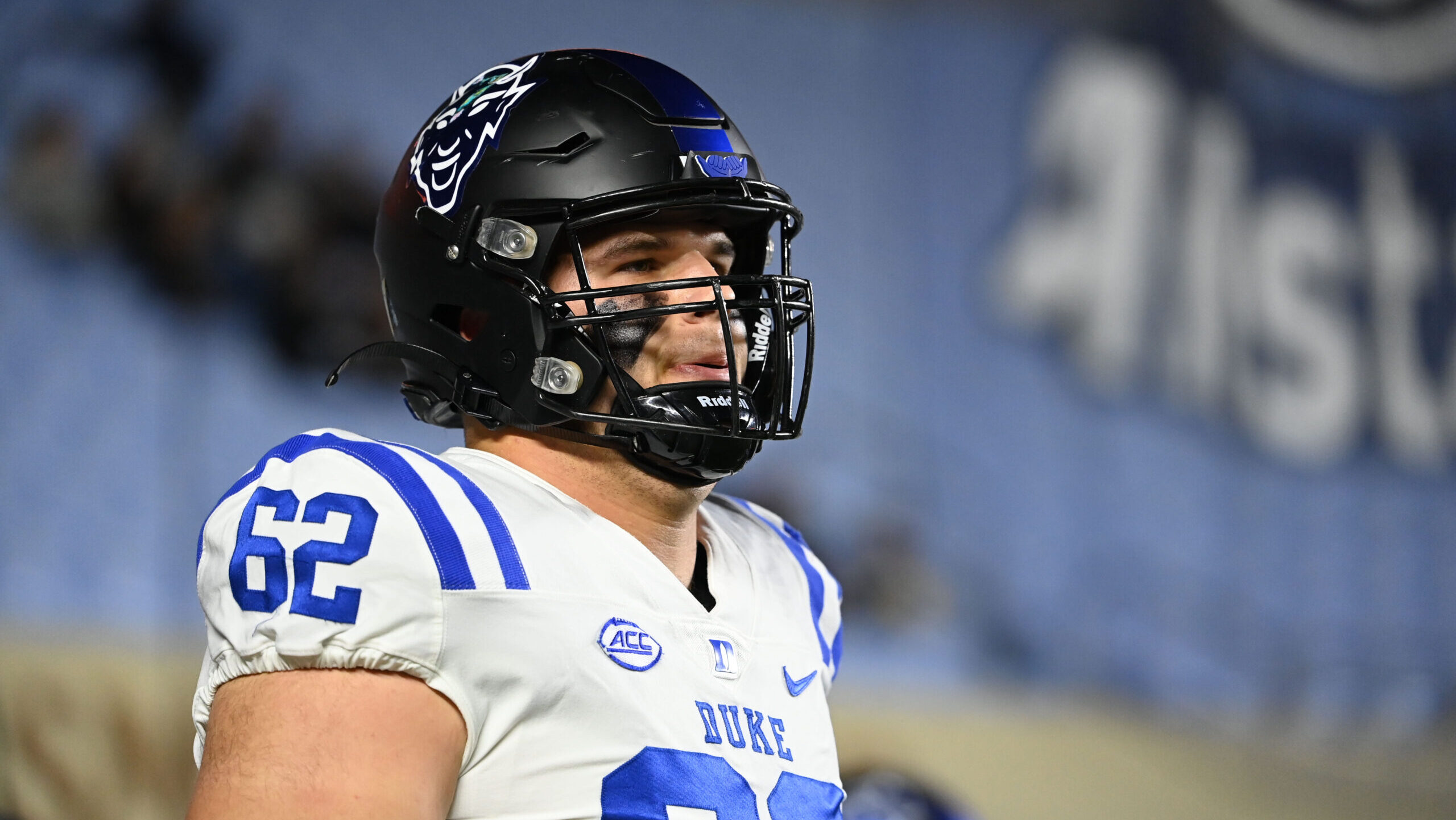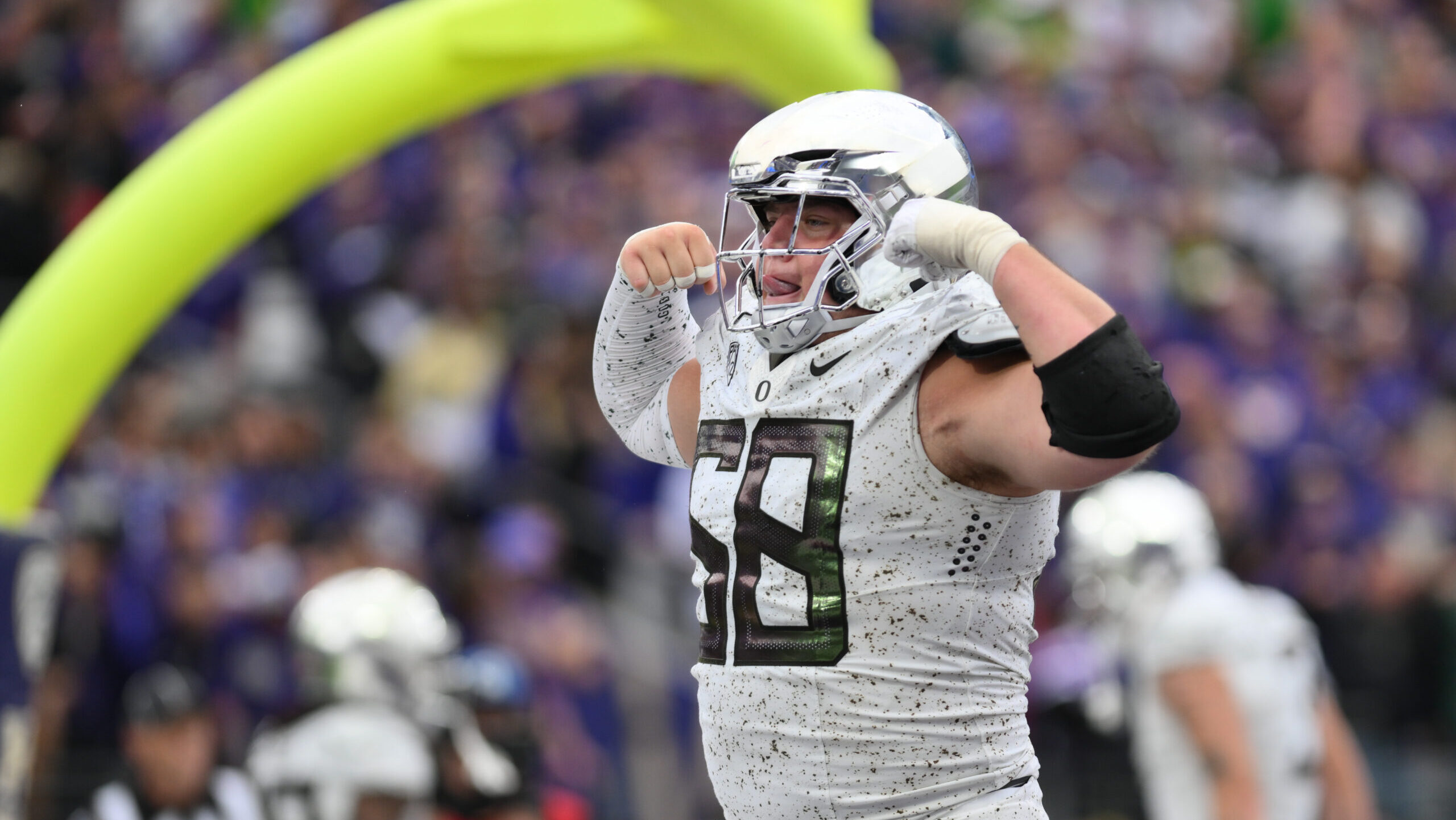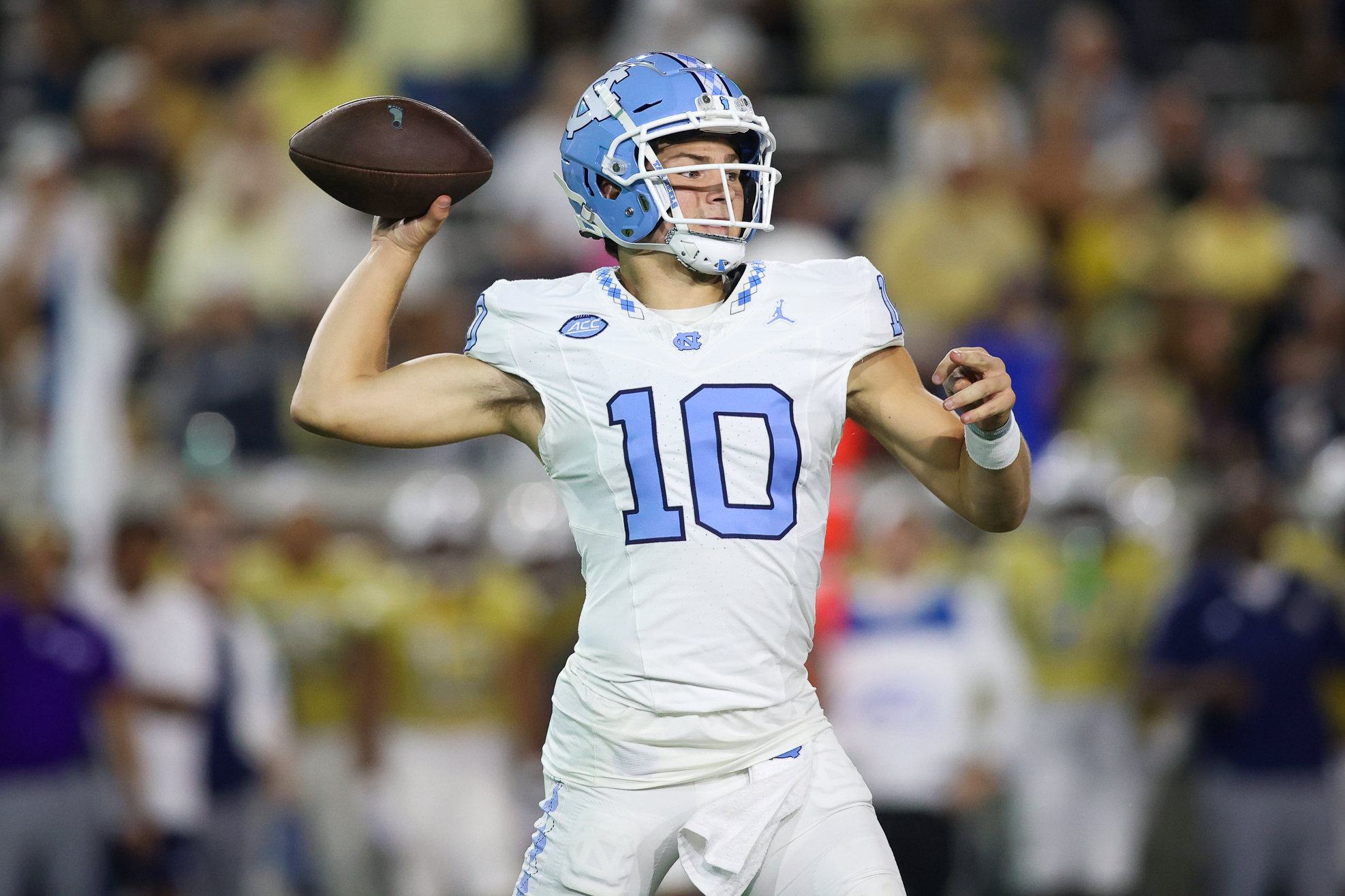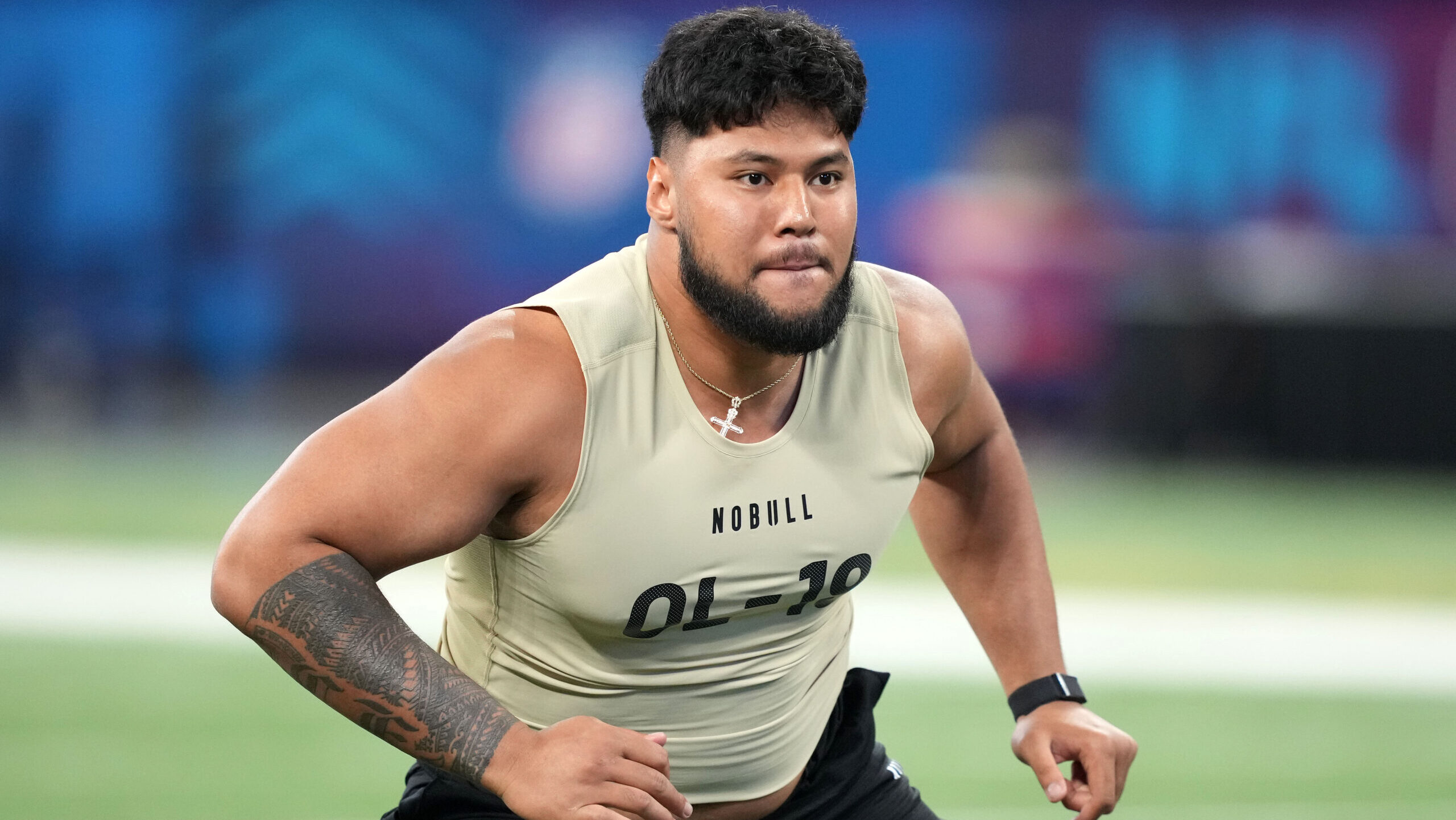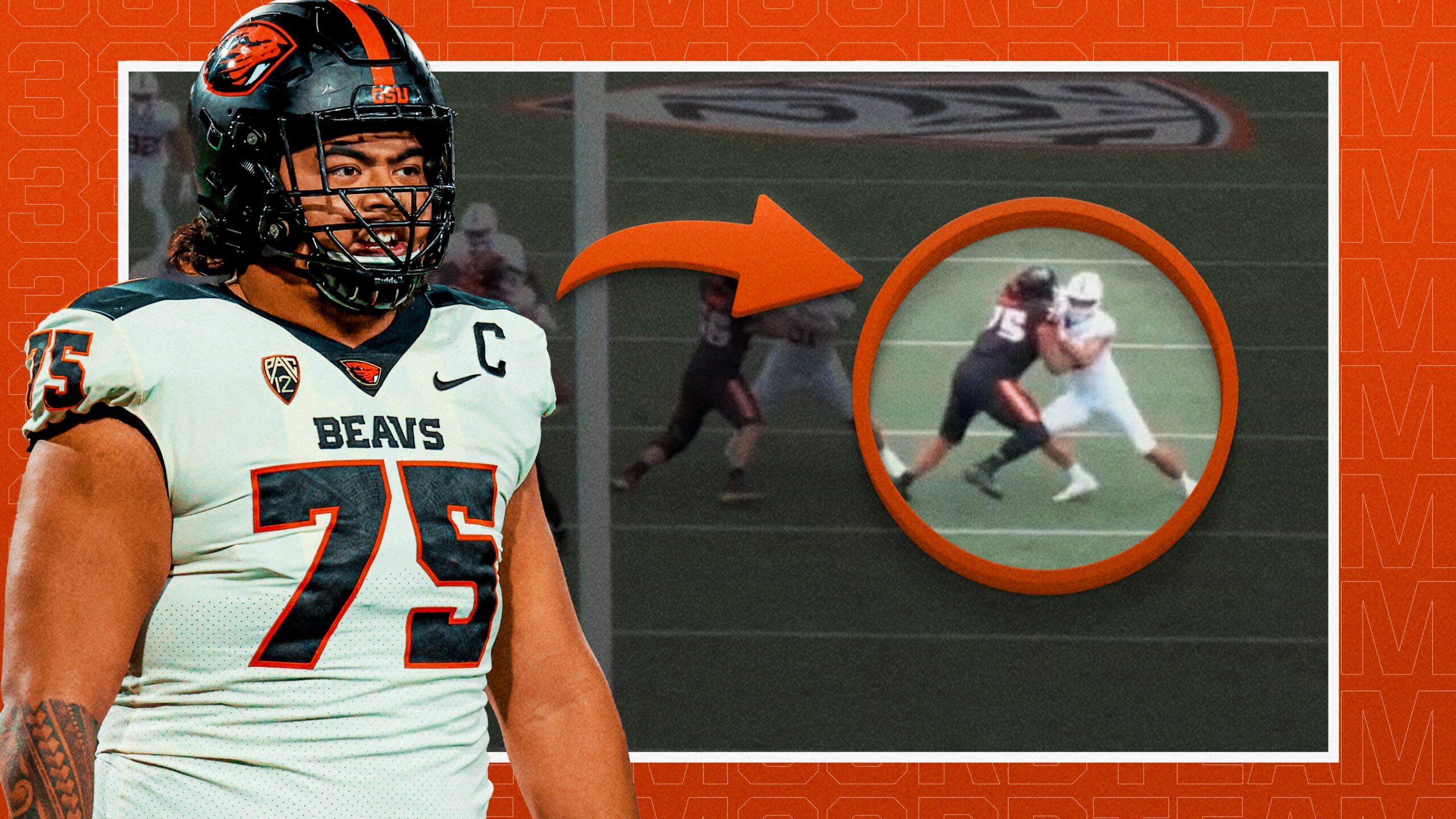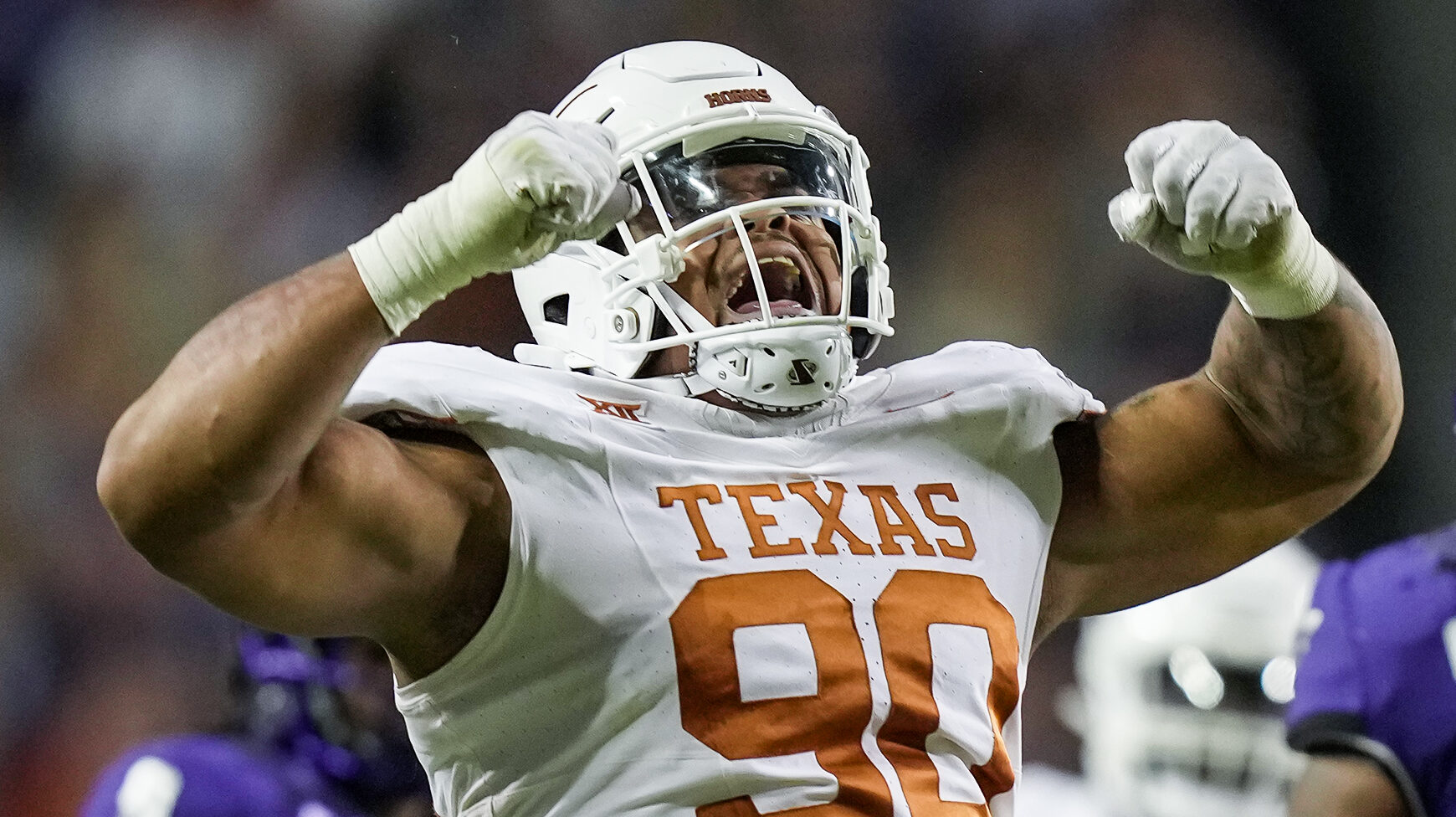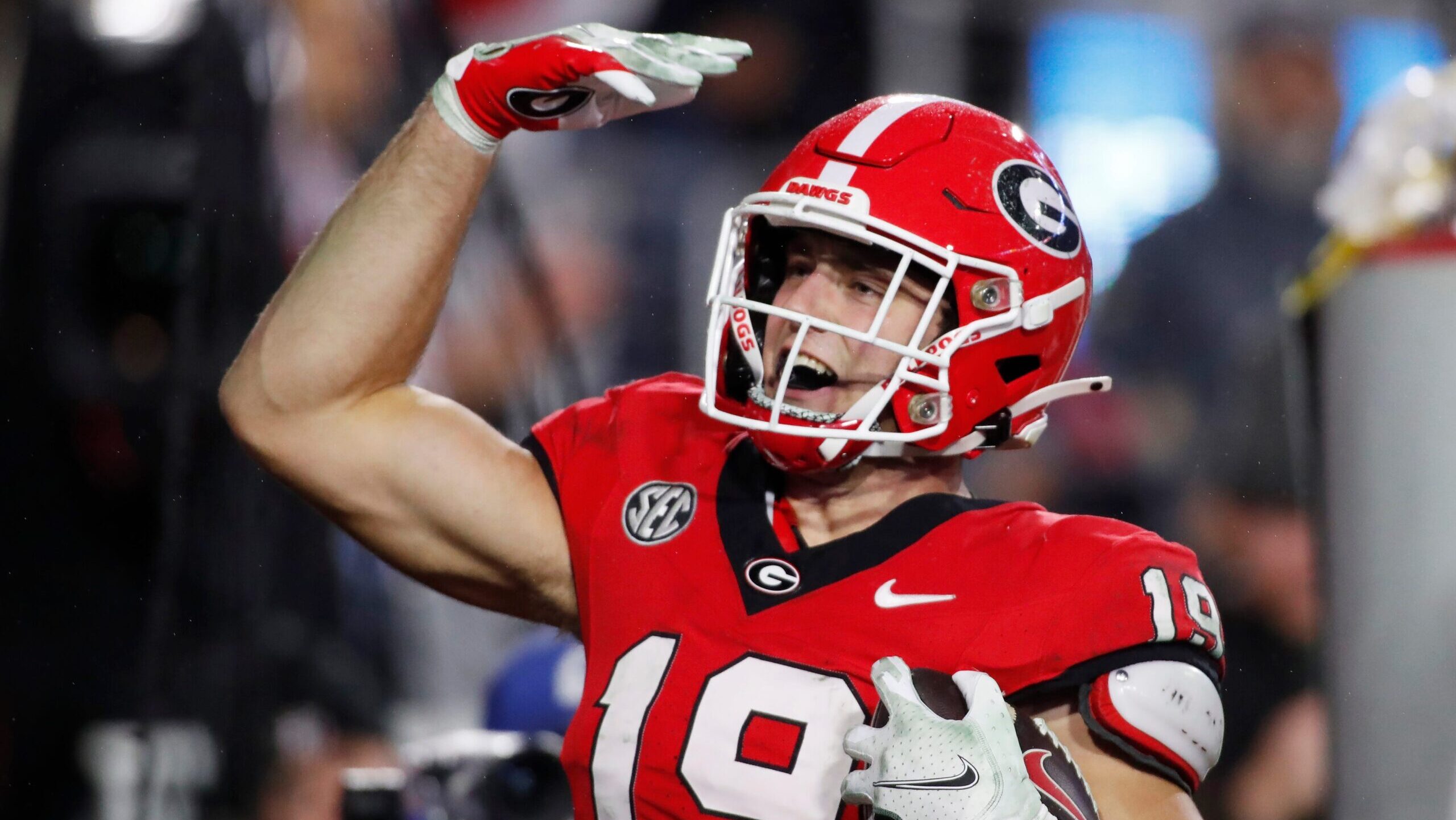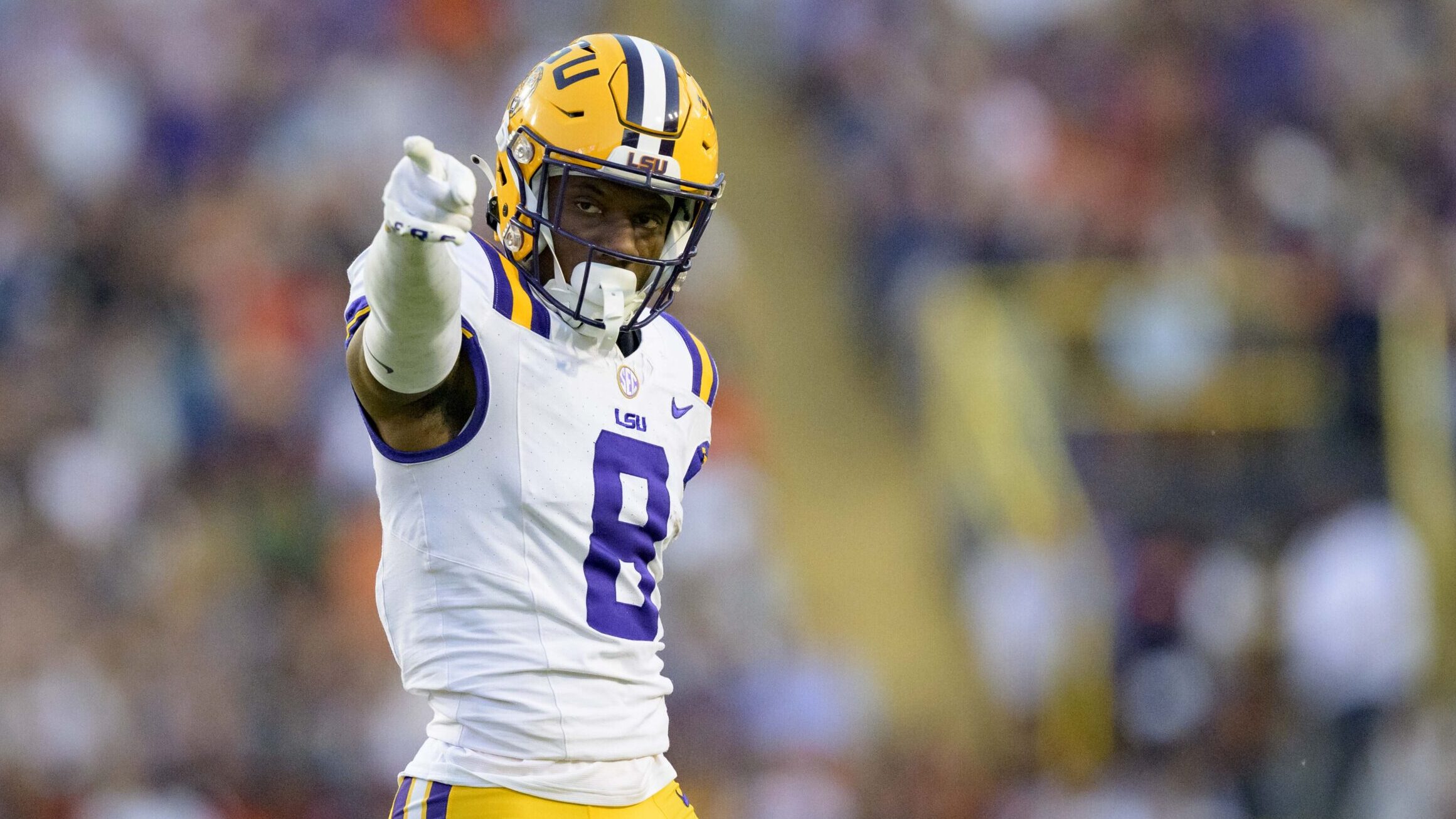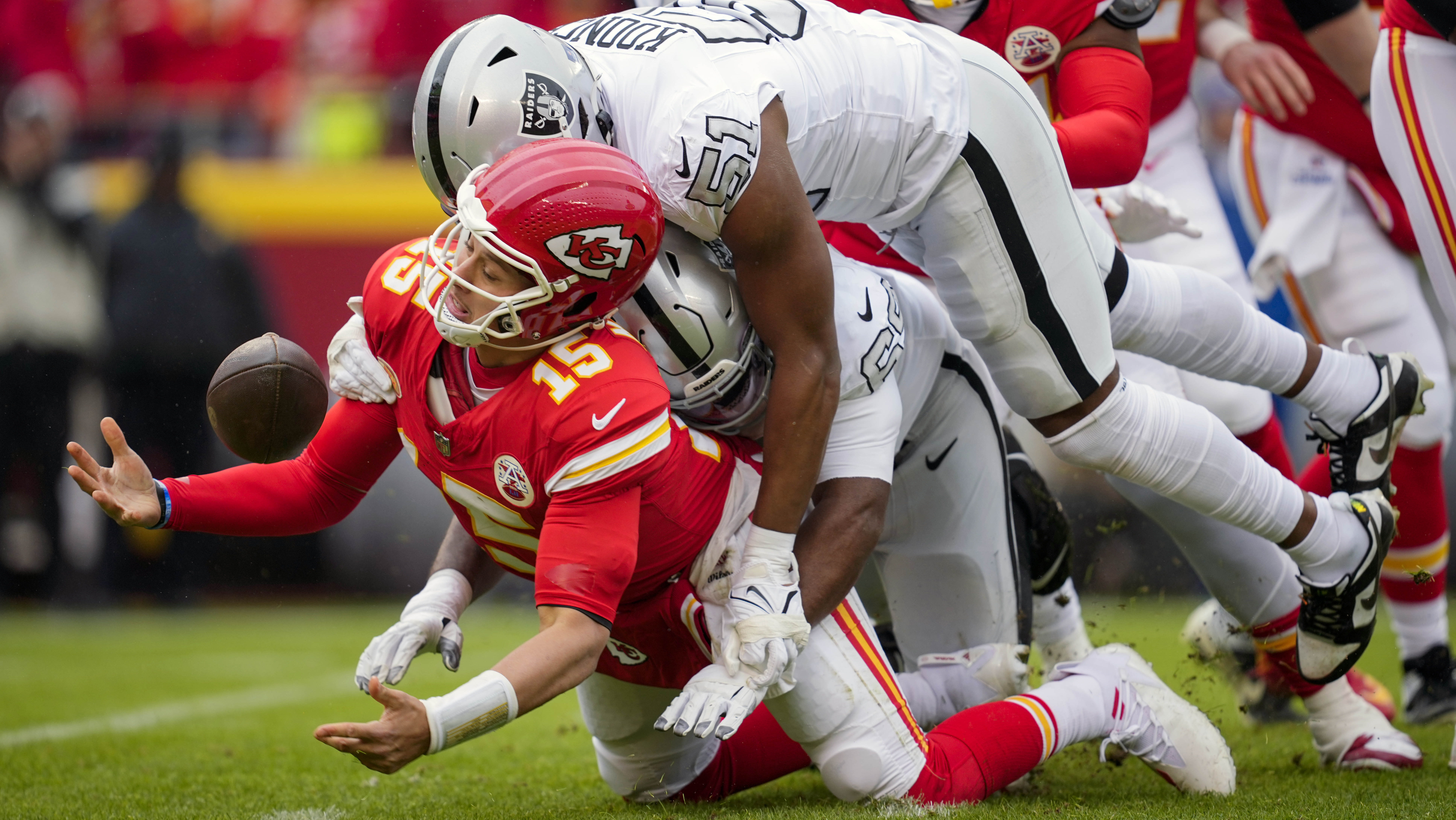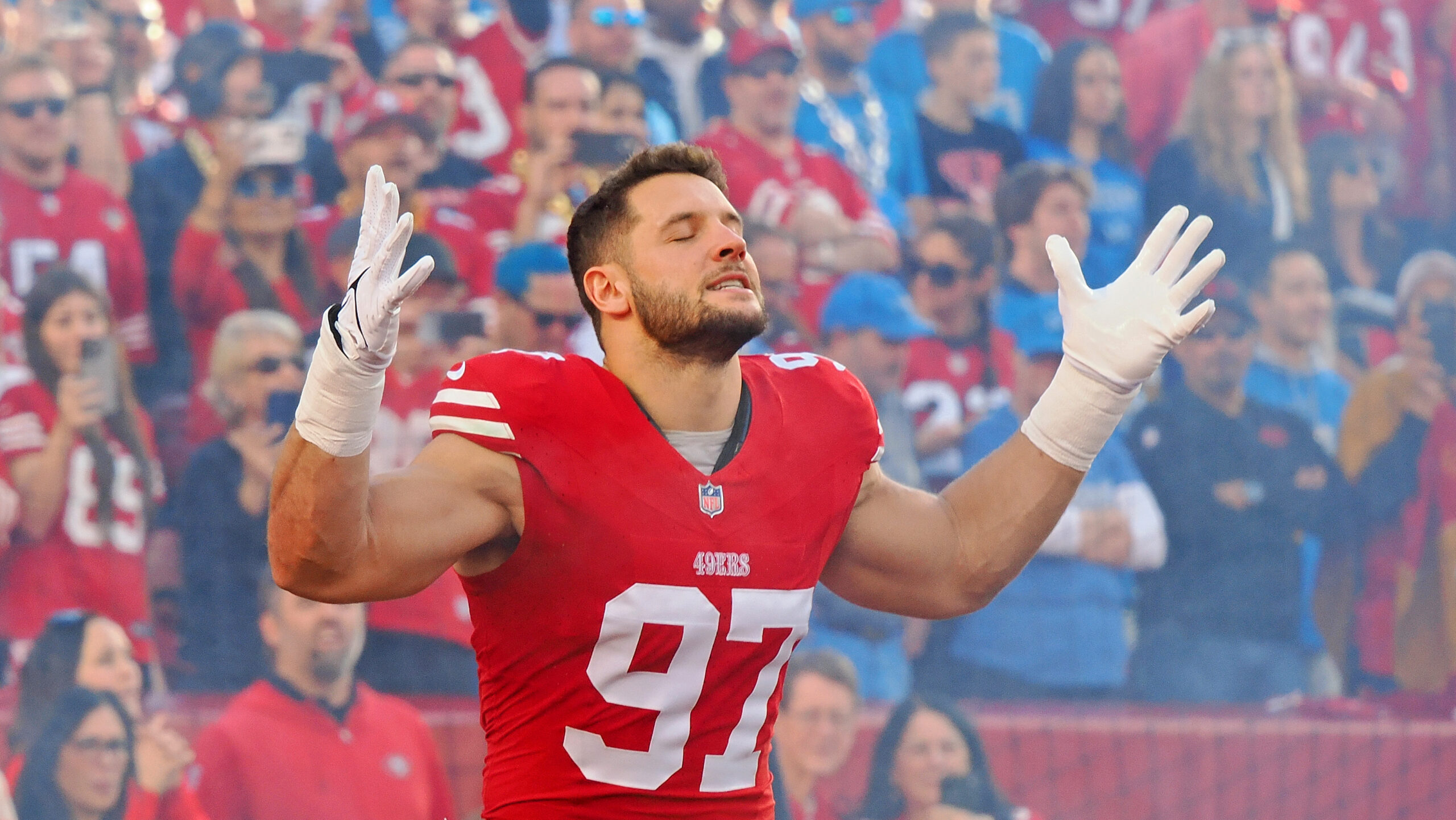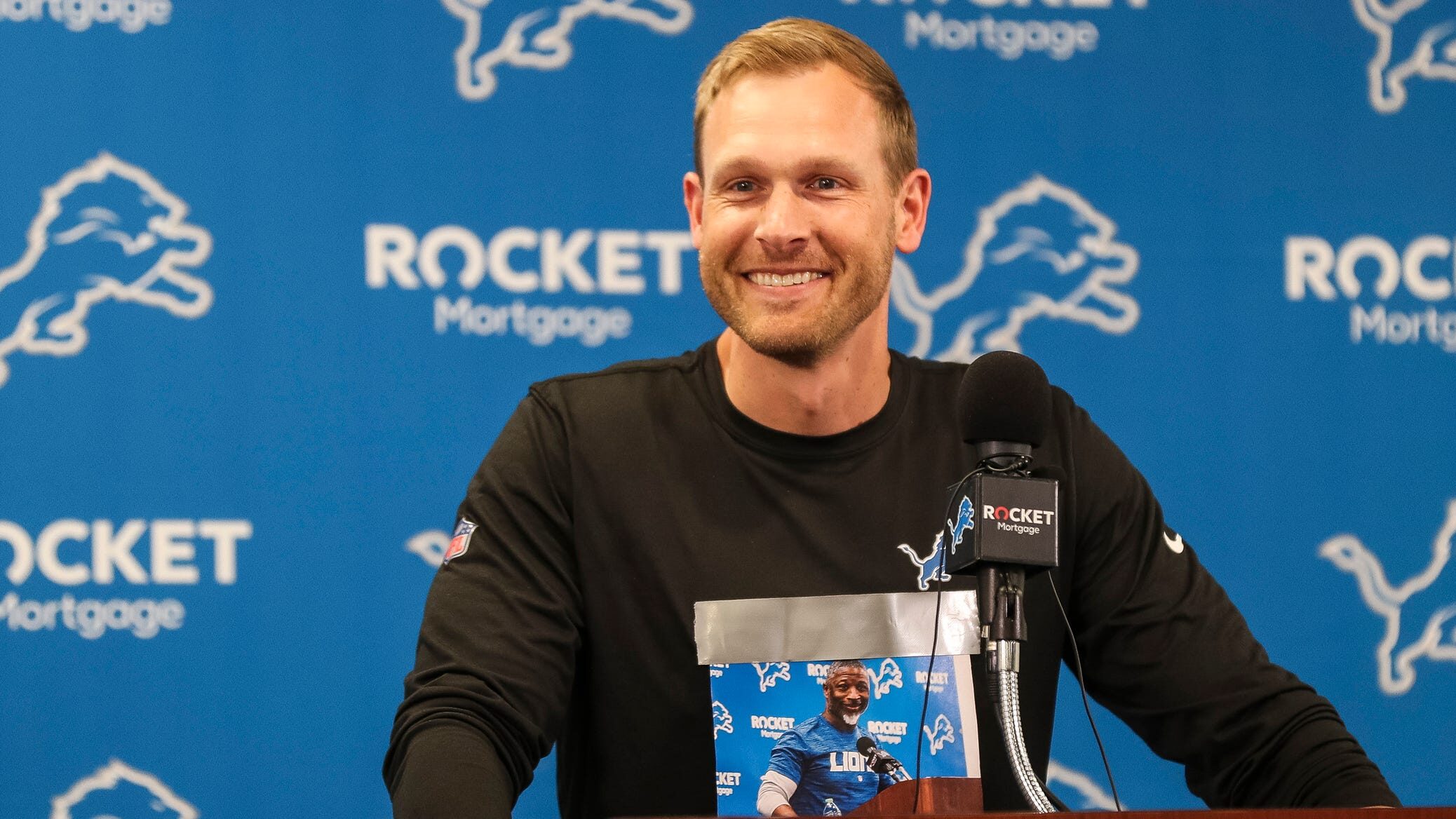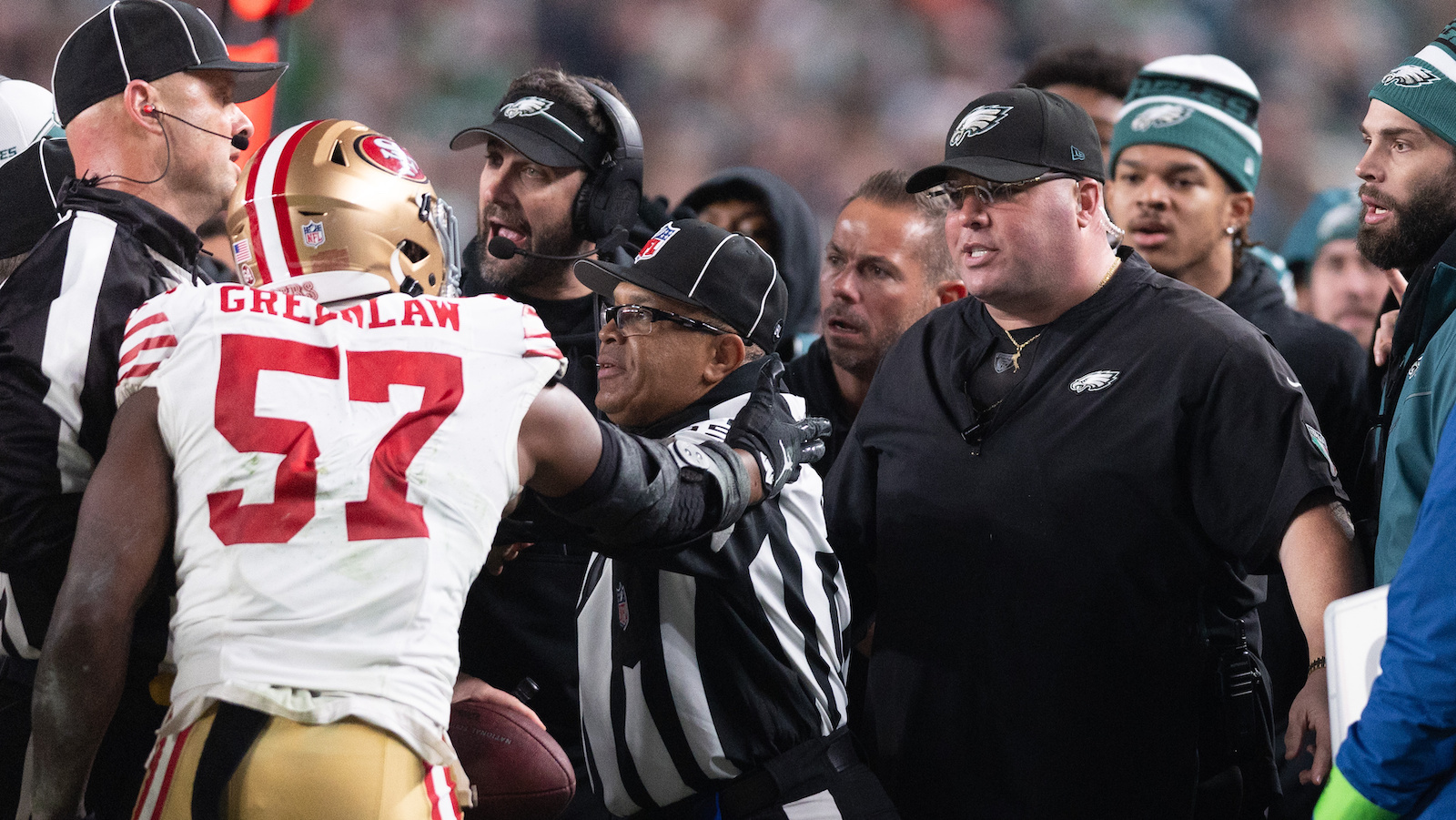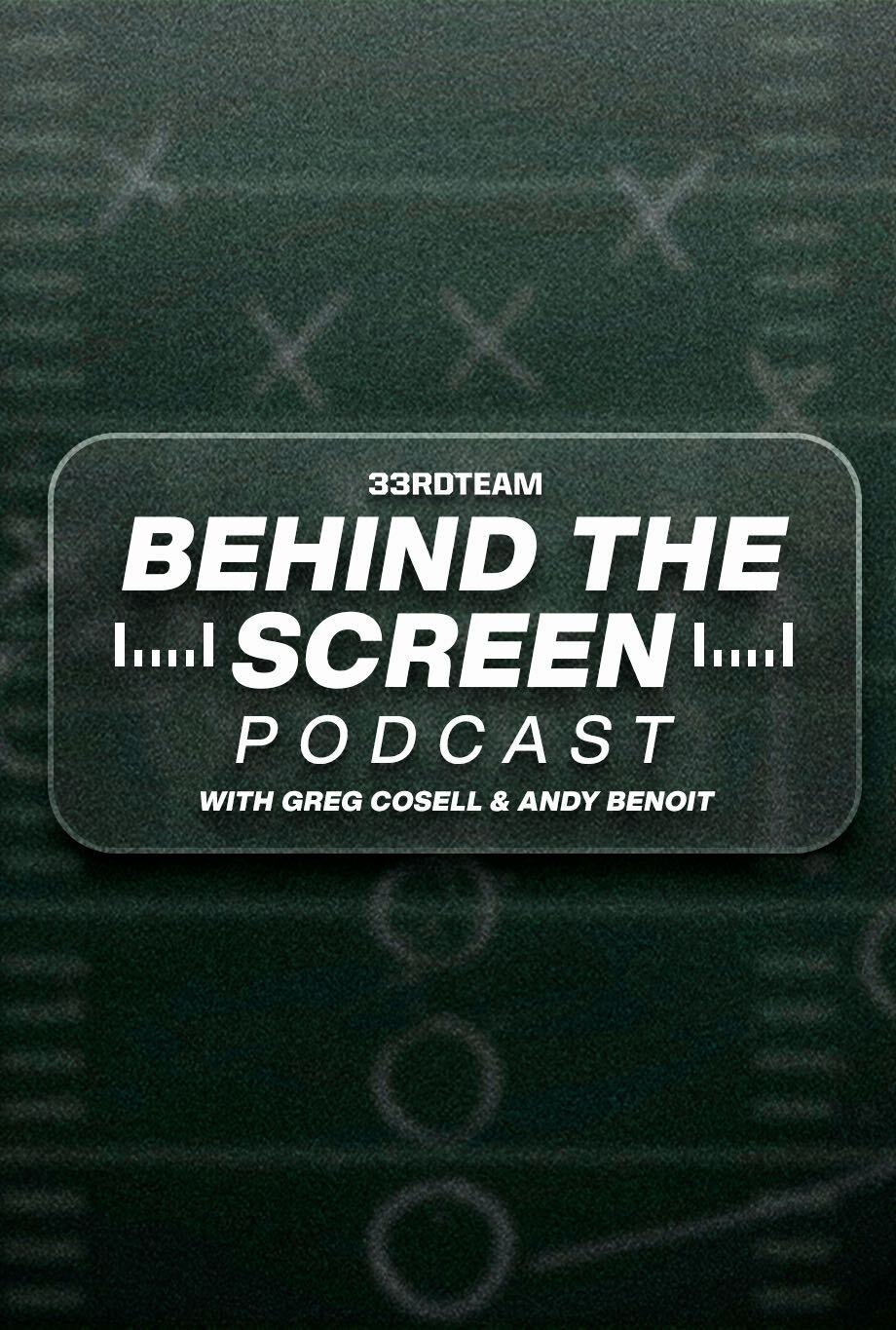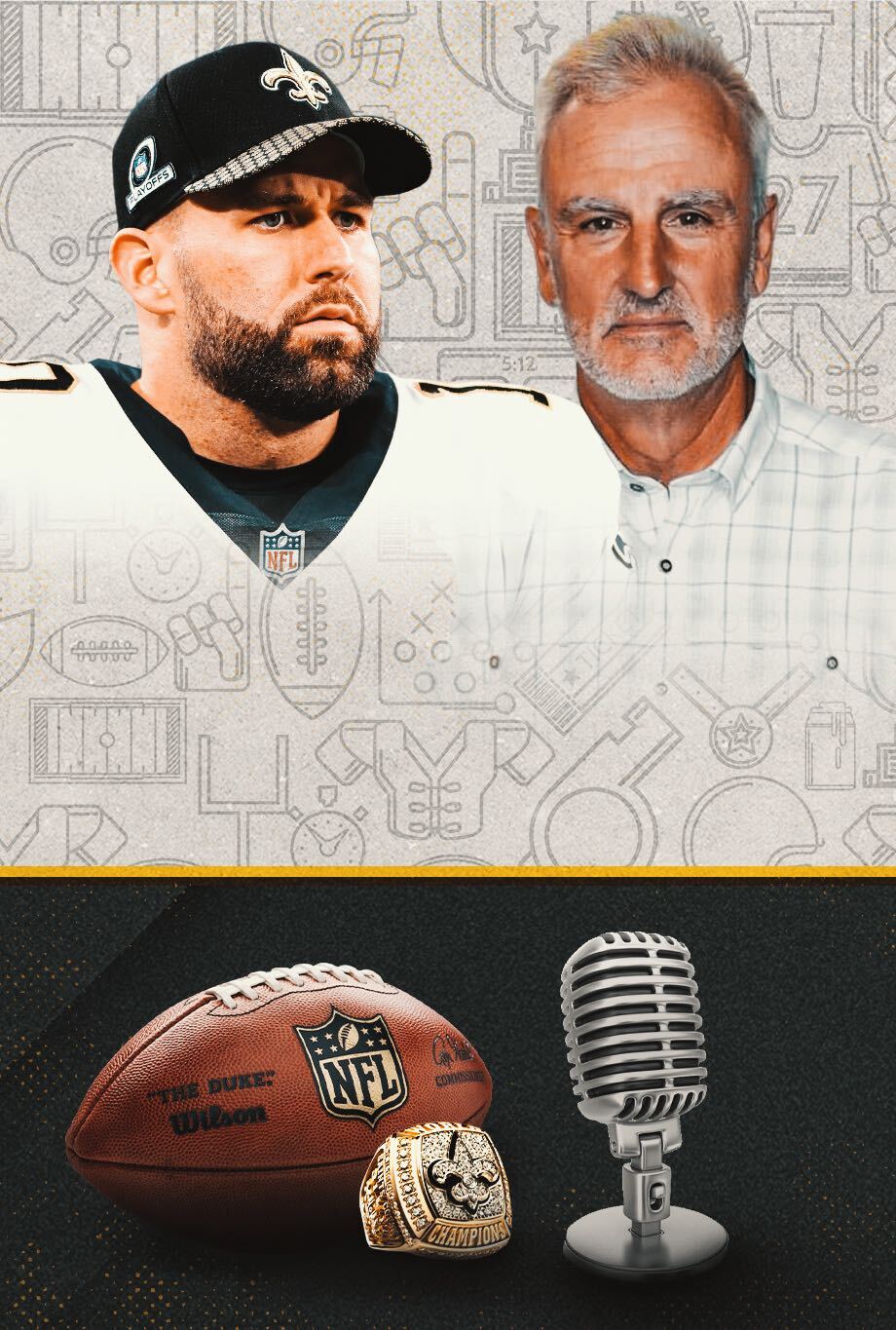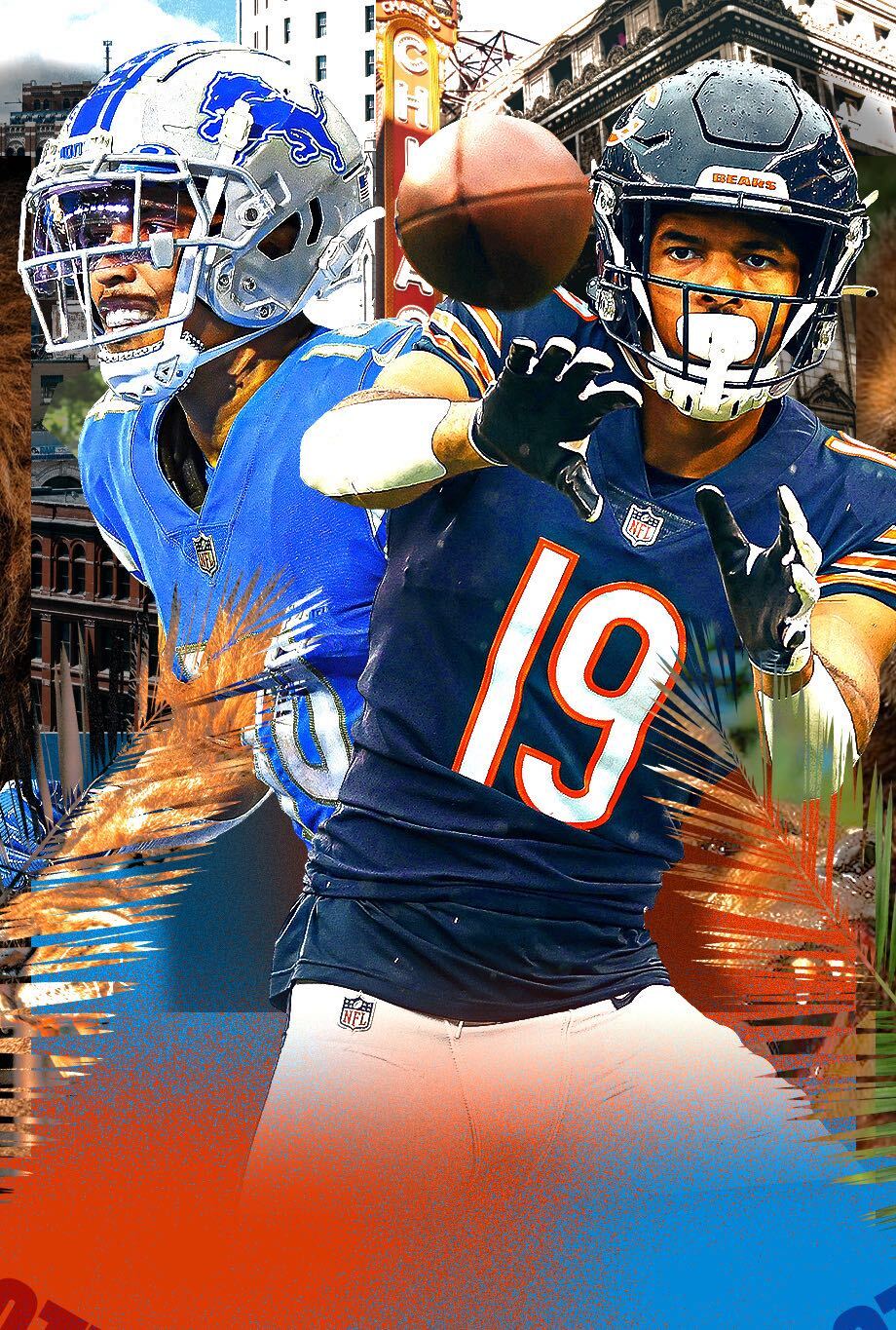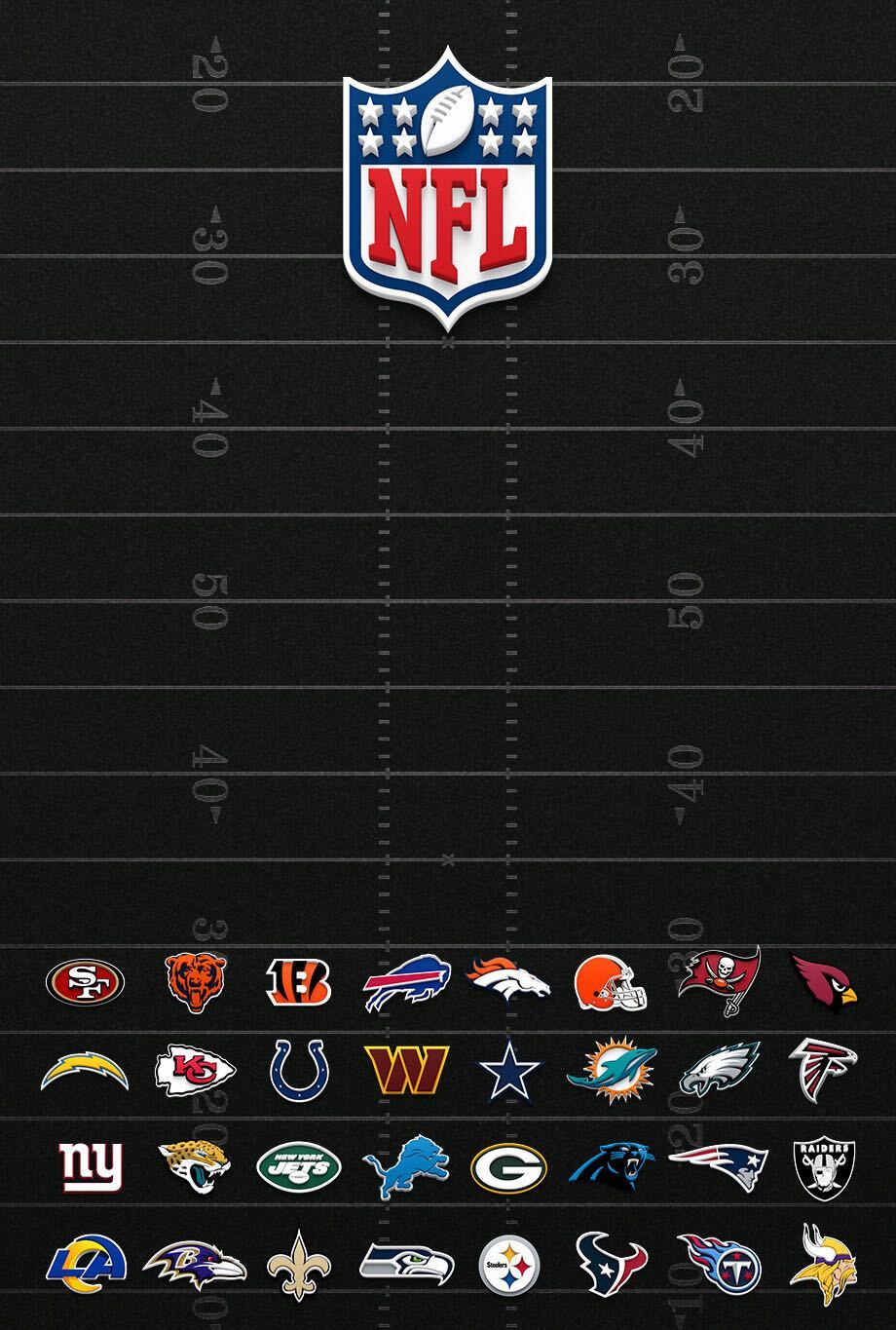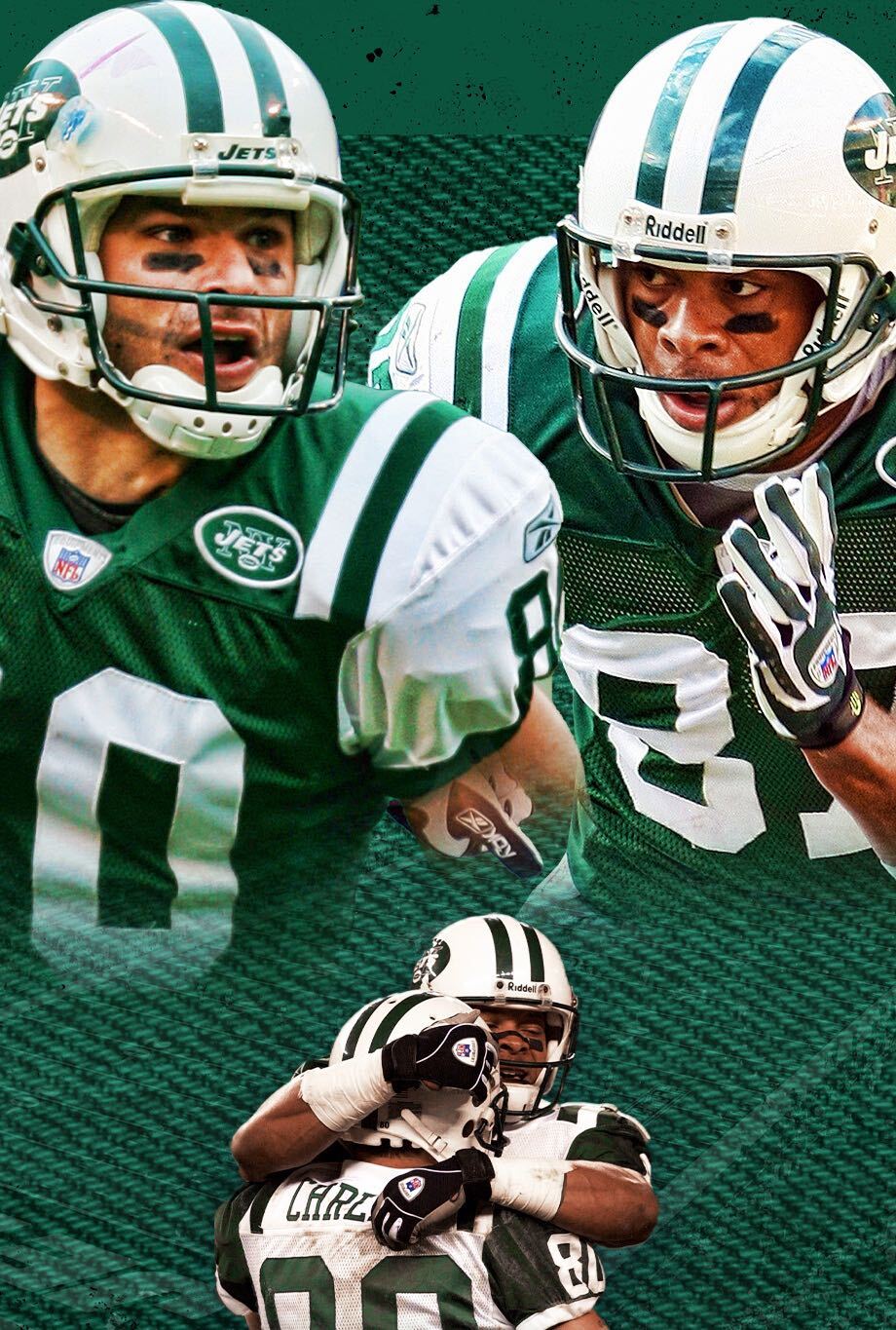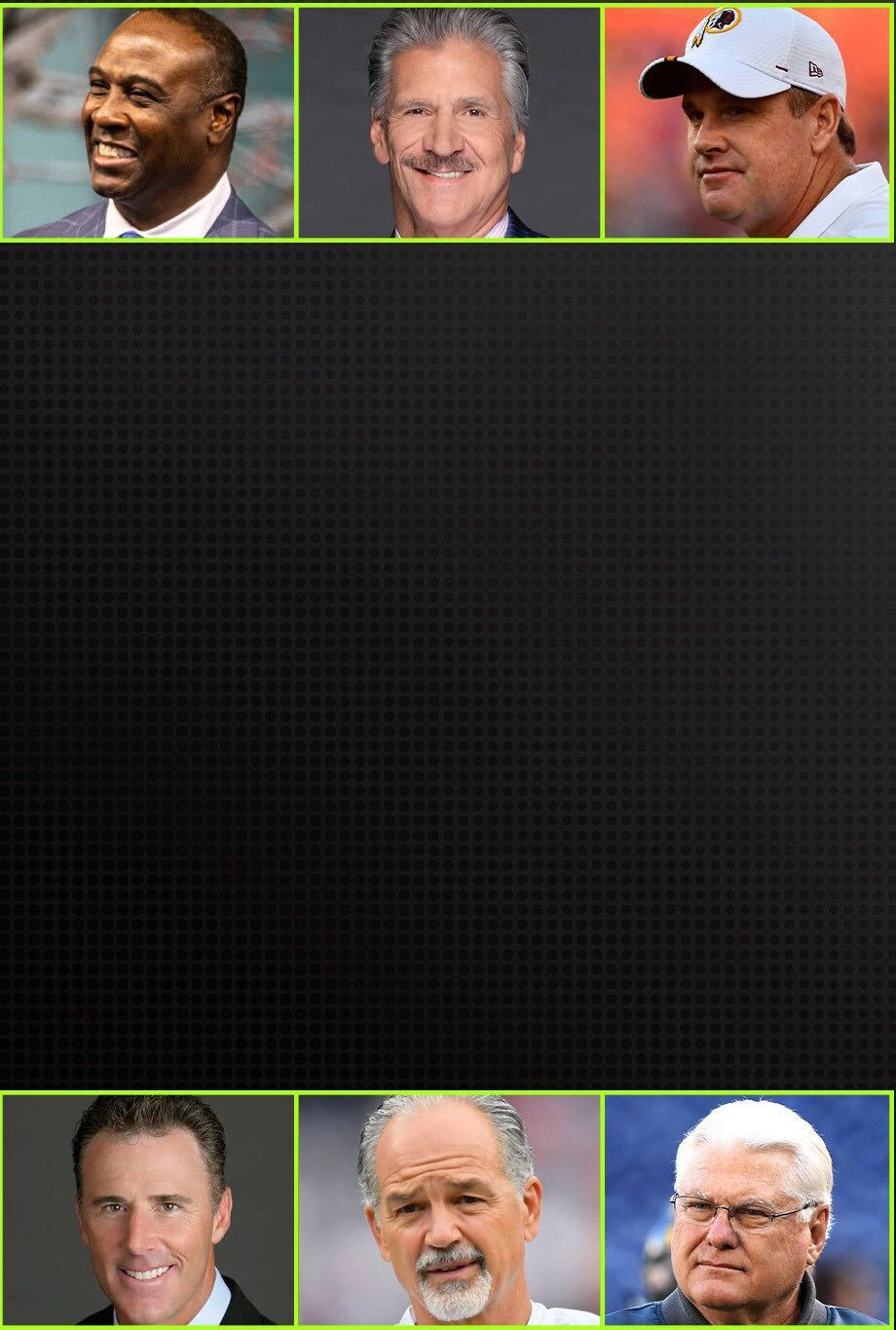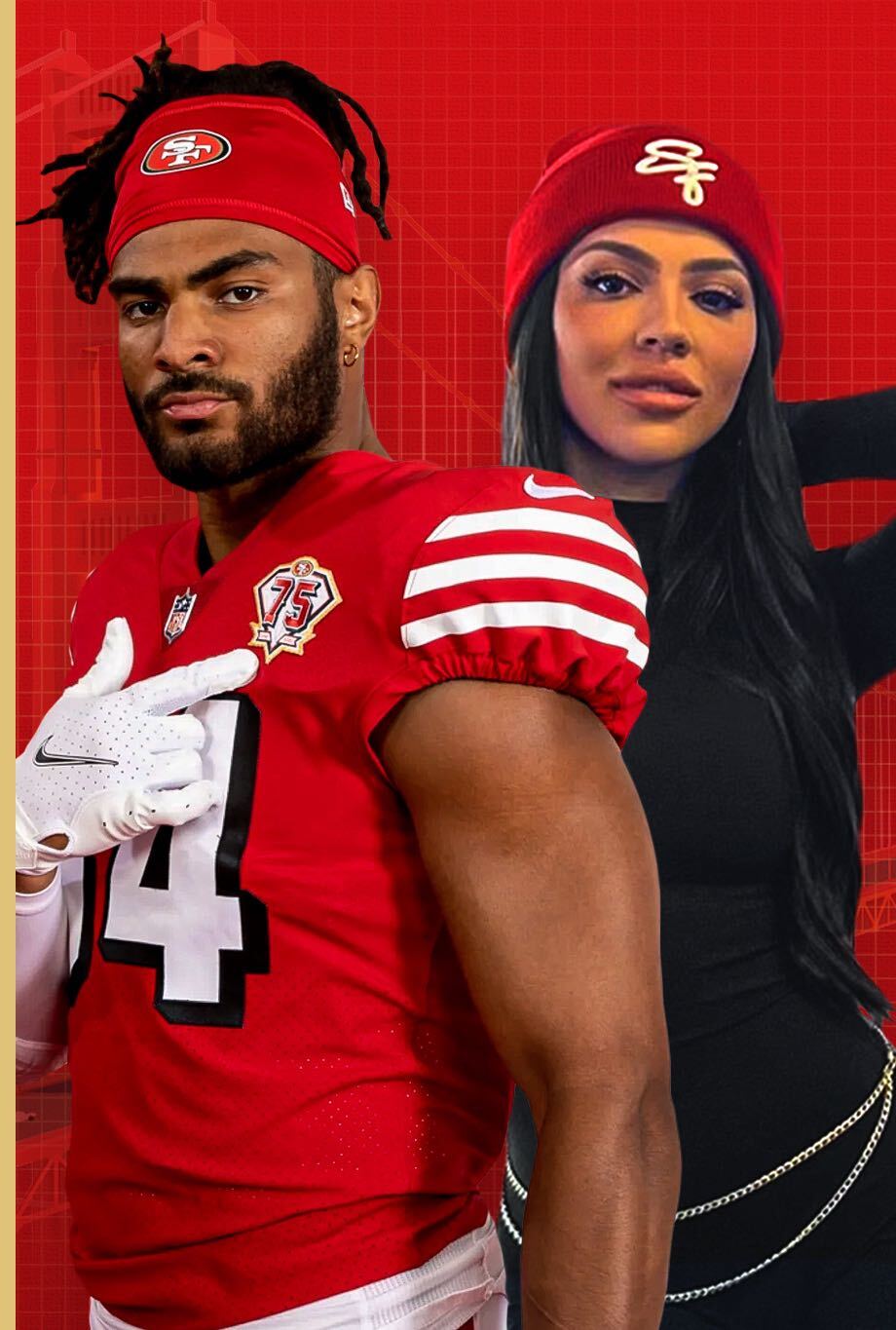25 Years Later: Inside Story of Colts' Decision to Draft Peyton Manning Over Ryan Leaf
Analysis 4/18/23
April 18 is the 25th anniversary of the Indianapolis Colts' selection of Tennessee quarterback Peyton Manning as the top overall pick of the 1998 NFL Draft. In the first of two installments, Bill Polian — the Colts' general manager at the time — discusses the decision to choose Manning over Ryan Leaf of Washington State, a selection that drastically altered the direction of two NFL franchises.
When I arrived in Indianapolis at the conclusion of the '97 season, I got all the scouts together and said, "Okay, everybody vote: Manning or Leaf." It was 50-50, right down the middle. I think it kind of mirrored, in a sense, the media point of view.
I said, "Okay, we're going back to the drawing board." I asked the video people to give me every pass that both of those guys have thrown in those careers. They said, "We don't have that capacity." I said, "Please figure out how to do it because I need it within about two days." They did.
We formed kind of a senior executive committee which consisted of the senior scouting people, Chris Polian and Bob Terpening and then of course Coach Jim Mora, offensive coordinator Tom Moore and quarterback coach Bruce Arians. We all went over the film any number of times. I think I went through it at least five times.
About a third of the way through the process, I asked Bill Walsh if he wouldn't mind looking at the same tape we were looking at, and he readily agreed. He came back with his opinion, which was decidedly pro-Manning. And that was the first real definitive answer that we'd gotten. It was important coming from someone of Bill's stature and obviously his knowledge of quarterbacks.
What most people who don't have access to the information miss in judging quarterbacks is the intangibles – work ethic, personality, processing speed, ability to learn, retain and operate at a high level under duress with very, very complicated information. All of that is measured by testing both with pen and paper, nowadays with computer, and then on the whiteboard and with film while meeting with the coaches. We, as media, have no access to that, nor should we. But it makes up at least 45% of the grade, so we went through that process at great length.
Then you have the other process to which the media does not have access, and that is the idea of background checking, going all the way back to high school. What was the player like? How did he live his life? What's his personality like off the field, etc.? That was an exhaustive process. Thankfully, Steve Champlin, who had been with me in Buffalo, was able to honcho that and we did a very, very thorough review of both players.
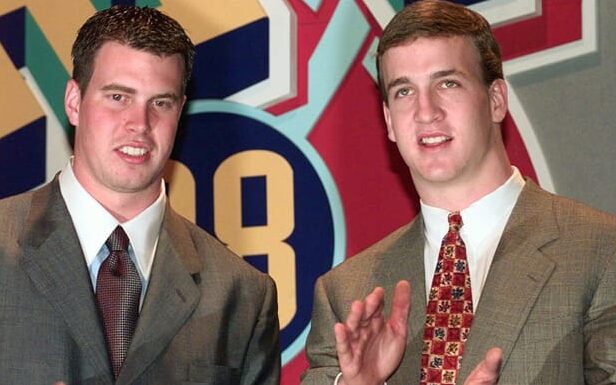
Meetings With Manning, Leaf
There was a big bump in the road early in March, at the Combine, and that was we were scheduled on opening night to meet with Ryan for 20 minutes. It's a protocol set up by the NFL. And then the following night was Peyton. Ryan didn't show up. No one ever called. No one ever said, "Gee, he can't make it." Nothing.
Naturally, we were a bit perturbed. I was most concerned about whether or not something had happened to him, but I checked with the people who ran the Combine and they said, "No, he's here and everything's good." Obviously, word leaked out. I mean, you can't keep something like that in the headlines the next morning were that Ryan Leaf had missed his meeting with us.
When Manning left the room, we looked at each other and said, "Holy mackerel! He just interviewed us."
His agent, Leigh Steinberg, immediately said that I had given him the wrong date and time, which was untrue. I'd never spoken to Steinberg at all. He subsequently admitted that what he said about the wrong date and time was incorrect. My relationship with Steinberg was cool anyway, so that didn't bother me at all.
For our meeting with Peyton at the Combine, he came in with a briefcase and a notepad. And he said, "Would you mind if I ask you guys a few questions?" We said, "No, not at all." Keep in mind, this is 20 minutes.
So, he's asking questions and taking notes and all of a sudden the horn blows, the thing's over. So we stood up and shook hands and we said, "Nice to see you. Thanks for coming." And he said, "If you draft me, I'm in the day after the draft. And I said, "Well, you really can't do that. There's a rule against that. You can't come in until a week after the draft." And he said, "Well, I don't care about that. You can figure that out, but I'll be here today after the draft."
When Peyton left the room, we looked at each other and said, "Holy mackerel! He just interviewed us."
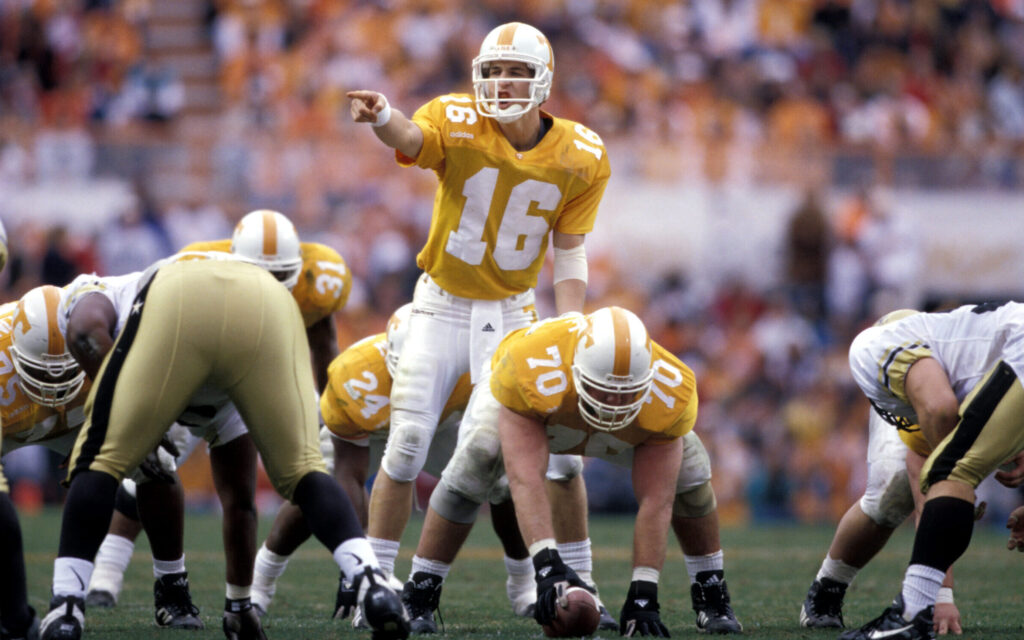
Comparing Resumés
As we got toward the middle of March, there was some clear separation between Peyton and Ryan. Now, the media didn't know that, nor were they privy to some of the information we'd already put together. So, in the media there was apparently still some big push for Ryan Leaf. Steinberg was clearly orchestrating that.
When I looked at the film, Ryan appeared to have a slightly stronger arm, but it wasn't dispositive. It didn't make a difference. Peyton got the ball wherever he was supposed to get it, and he got it there on time. He was playing at a higher level of competition than Ryan. But Ryan, to his credit, had taken his team a long way. It wasn't an exceptionally talented team. He took them to the Rose Bowl. Peyton, of course, played in the SEC and did a terrific job for Tennessee. So it was kind of a kind of a tie.
It was obvious he knew where everybody was supposed to be on every play and how he could get them the ball. He was considerably better than Leaf in that facet.
I'd seen Peyton live three times. A live look for me with the quarterback is really important because you see how he interacts with coaches, you see how he interacts with players, you see how he handles adversity when it happens and he has to go to the bench and people are booing and coaches are yelling at him or whatever. He'd been flawless in the three live looks that I'd had of him over a couple of years.
Peyton was on the money with the vast majority of throws, he was in command, etc. He had rough games against Florida, but that was a loaded Steve Spurrier team in those days. So, the comparison between Peyton and Ryan was still pretty close based on the film analysis. Peyton's release was faster and that's important.
His ability actually to create a second chance inside the pocket was also way better than Ryan's. It's the subtle movement in the pocket. Your first guy is covered and now you've got to move a little bit, maybe two feet, three feet to get a window to throw to your second guy. And Peyton was instantaneous doing that. It was obvious that he saw and knew where everybody was supposed to be on every play and how he could get them the ball. He was he was considerably better than Ryan in that area. Peyton played more football, so you have to take that into consideration.
Many critics said Peyton was a product of the system. I never understood that to begin with, because if a quarterback masters the system well enough to be a product of it, he's doing a heck of a job. That's what he's supposed to do. Secondly, he was the system because he was able to access every receiver and know where every route should go and where the ball should go based upon the coverage. Critics were using it as a negative when, in reality, it was a positive.
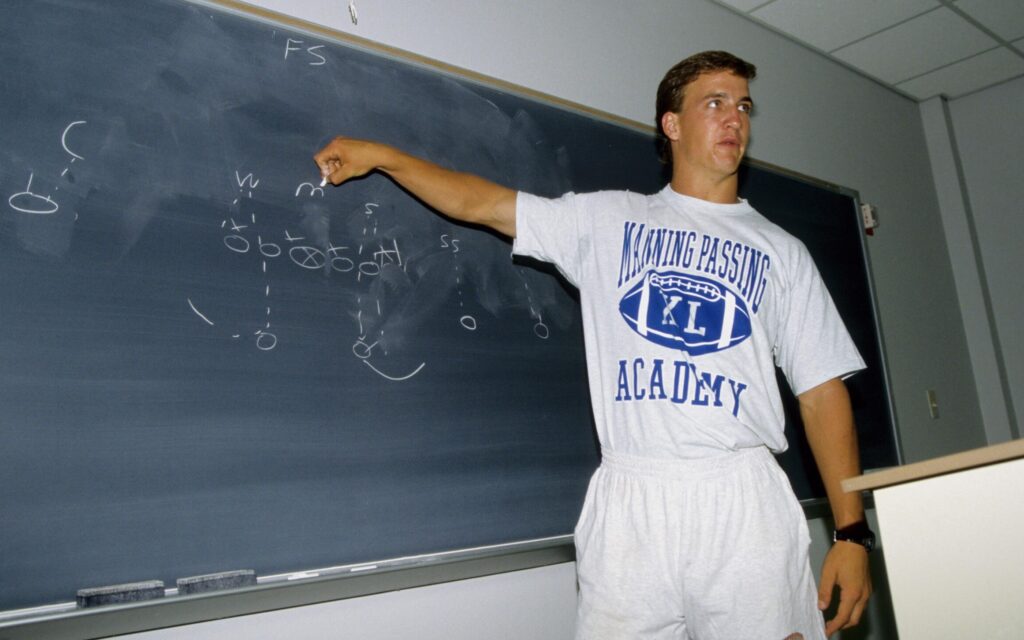
Private Workouts
Then we decided we were going to go have a private workout with each one that, when you have the first pick, you almost always get. Steinberg said, "No, you can't have a private workout. You've got to go to the normal pro day," which is orchestrated. You don't get a chance to say to the player, "I want you to throw this pass or that pass. I want you to simulate this coverage or that coverage and tell me where you go with the ball." You get a chance to sit down with him on the chalkboard and go through all the possibilities. But so what? The world's not going to end.
We went to Tennessee to work out Peyton. Tom Moore has a drill where he asks the quarterback to stand on the goal line and without stepping forward, without winding up, without taking a drop, throw the ball from a standing start. And then Tom moves receivers back accordingly and then he moves them at angles accordingly. And you could see exactly what the arm does because that's what he's struggling with. The thing we came away from with that workout was, "Wow! This thing that Peyton has a weak arm is not true at all. As a matter of fact, his revolutions on the ball were way better than what we anticipated."
There were so many people lining up to say, "Hey, we've never seen anybody like this. He's the greatest leader we've ever had around here."
When you watched the workout, Peyton could put the ball wherever you wanted him to put it. When we had him throwing routes to receivers, I recalled a play against Kentucky in his senior year where the receiver had a corner in trail technique and the corner was right on top of him. The corner was not only in phase, he was hanging on the receiver and the only place the ball could go would be the upper left-hand quadrant because the receiver was bigger and Peyton put it directly in his hand. The guy caught it one-handed, but he couldn't have dropped it because Peyton stuck it in there as though it had Velcro. Of course, we came to see many more of those throws throughout his career.
One of the few things in the media that I reacted to, because it was kind of a late development, was that Peyton had a "ceiling on his arm" and could only throw the ball 50 yards or whatever it was. So, I came in on a Sunday and I took out all the film and I measured every throw. It turned out that 60 yards was the ceiling. After that, the ball began to wobble. Tom Moore and Bruce Arians were also in the office that day, so I went down the hall and said that Peyton does have a ceiling on his arm and it's about 60 yards. Tom looked up at me with the typical Tom Moore laconic look on his face, and he said, "Okay, we won't throw any passes more than 59 yards. How's that?"
I went around, along with Coach Mora, to talk with Phillip Fulmer, Peyton's coach at Tennessee. I also sought out other coaches and people in the building. It's typical scouting protocol. Find out how the people that don't get the headlines feel about the guy that gets the headlines. That's a good way to find out about people.
Not only did they give glowing descriptions of Peyton, they sought us out. People came looking for us and said, "Listen, I've never been around a guy like this. This is a rare individual. You've got a draft him."
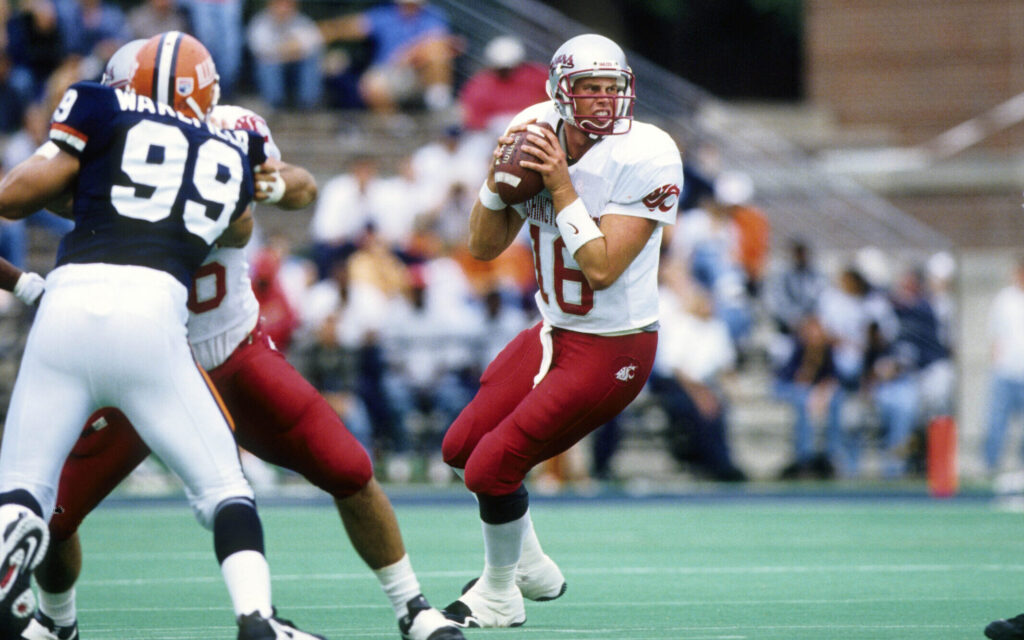
A Wide Separation
We went to Pullman, Wash., to work out Ryan at his pro day, and it was pretty close to the draft, as I recall, within a month, certainly. They did give San Diego, which had the second pick, a private workout. As we were coming into the pro day workout, Bobby Beathard, who was the Chargers' GM, and company were leaving. After we exchanged pleasantries, Bobby turned to me and said, "Listen, if you're interested in trading the pick, we'd be interested." I said, "I don't think we're going to do it, Bobby, but certainly if we are, it's good to know and I'll be in touch."
As we walked away, I looked at our group and said, "Oh, that's interesting. That tells us a little bit about where they may stand right now."
Ryan said, "Coach, I can't make that. My buddies and I have a trip planned to Las Vegas. We've planned this for a long time, so I'll be in three days or so later than that."
We went to the workout and as Ryan was throwing all these orchestrated routes, Tom Moore and I were standing together and I said to Tom, "Holy mackerel! Peyton's got the stronger arm." Tom said, "Yes, that's true." So the canard that was out there that somebody had dreamed up wasn't true when you when you actually gave it the test.
I forgot what Ryan weighed. I've heard people talk about ridiculous numbers like 260 pounds or something like that. It wasn't that high, but he wasn't in great shape, so that was a concern. But by that time, we had enough info and enough background and intelligence to tell us that there was a vast difference in maturity level between Ryan and Peyton.
Afterward, there was a meeting with Ryan that didn't go well at all. Coach Mora asked him, "When are you planning on coming in after the draft? You can come in a week afterward." Ryan said, "Coach, I can't make that. My buddies and I have a trip planned to Las Vegas. We've planned this for a long time, so I'll be in three days or so later than that." That obviously wasn't what you wanted to hear.
We were anticipating, to accelerate the quarterback's development, that we would play the quarterback we selected right away. It was pretty clear that Ryan wasn't ready to handle the tough part of playing quarterback in the NFL. As we left that workout and that meeting, there was a pretty wide separation at that point.
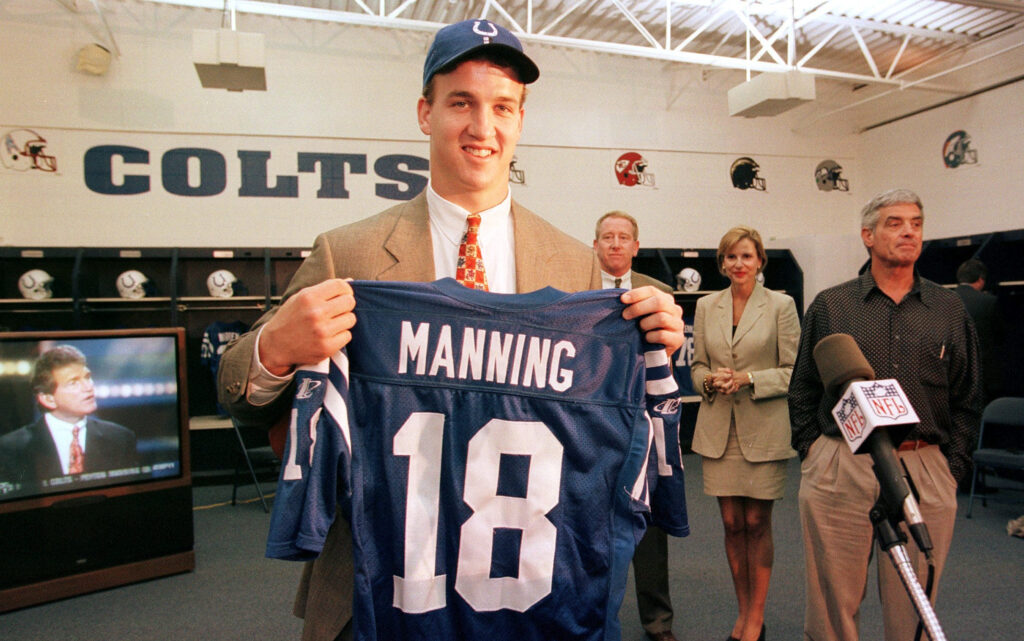
"If We Bust, It's a Big Bust"
I'd like to tell you that I was a soothsayer and knew that Peyton would become the quarterback he became, but that wasn't the case. As a matter of fact, soon after we got back from the workout trips, I had a meeting with Jim Irsay, our owner, who, by the way, is a top-flight football guy and knows more about the game than most owners I've ever been around. He said, "Give me the upside and downside of both guys."
I said, "Well, the upside of Peyton is that, if we're right about him, he's got what it takes to lead us to the promised land. The downside is, if we're wrong, the worst that can happen is we have another Bernie Kosar." And with all due respect, Bernie had a great career.
"Well, the upside of Peyton is that, if we're right about him, he's got what it takes to lead us to the promised land."
I told Jim, "With Ryan, if we bust, it's a big bust. I don't think there's any redeeming situation there."
Jim shrugged his shoulders and said, "Okay, Bernie Kosar is good enough if that's what he becomes."
We just firmly believed that Peyton had what it took to make us a winner.
As told to Vic Carucci
Bill Polian is a former front office executive and a six-time Executive of the Year award winner who won Super Bowl XLI with the Indianapolis Colts. Polian's career as an executive earned him an induction into the Pro Football Hall of Fame in 2015.
